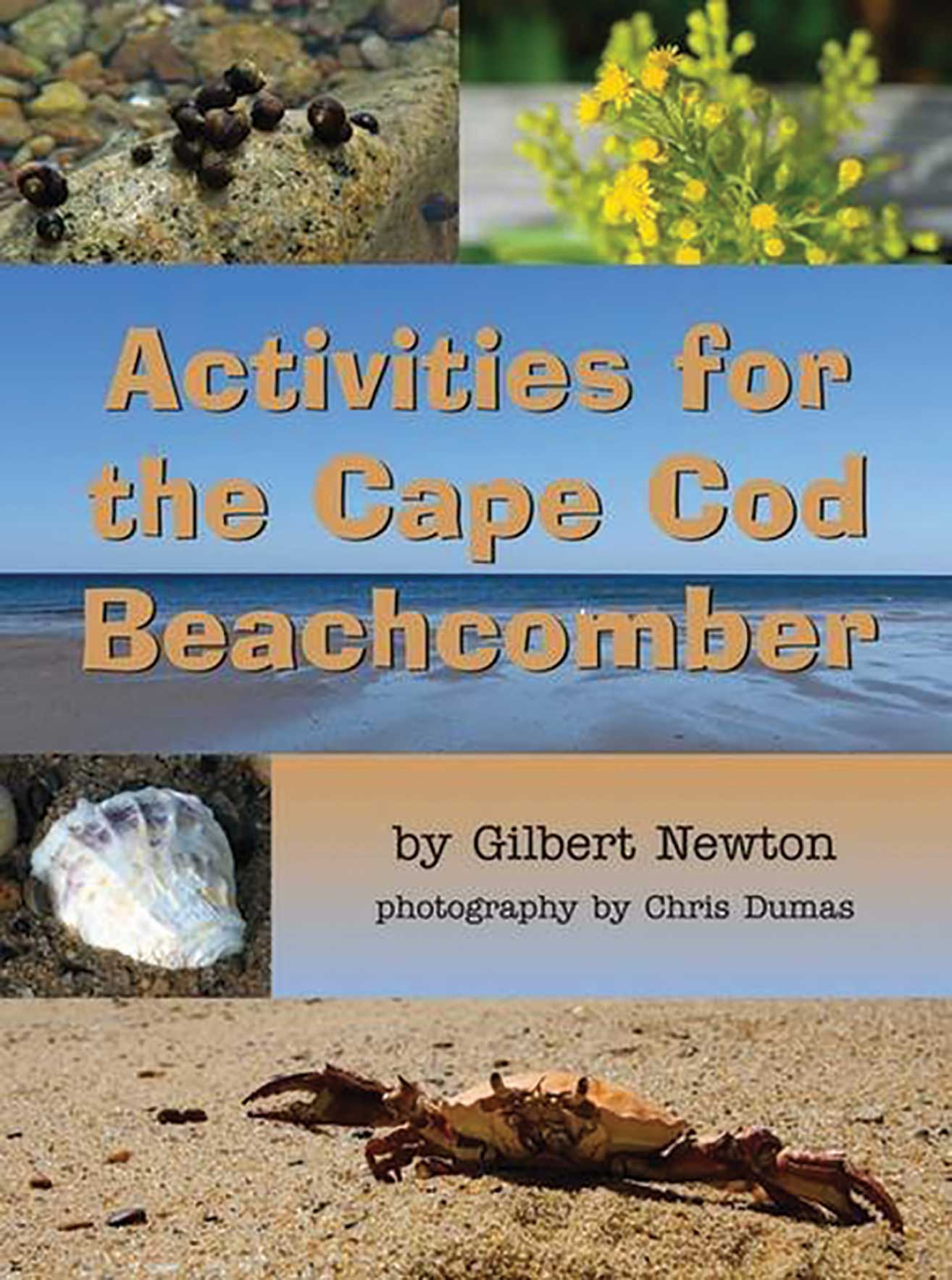A guide to exploring the outdoors as a family
by KELLY CHASE
In a time when Zoom workshops have become the norm, longtime teacher Gilbert Newton has a refreshing idea: nature as a classroom. Newton has been teaching science for close to 50 years. He began his career in Falmouth Public Schools, and he currently teaches coastal ecology at Cape Cod Community College and Massachusetts Maritime Academy. No matter where he is teaching, his curriculum always involves outdoor exploration. “As important as technology is, it is equally as important to have firsthand experience in nature,” says Newton.
The health benefits of stepping outside every day are well known—from boosting vitamin D levels to increasing our capacity to focus—however, daily hikes and fall beach trips can also be educational experiences. Plus, Newton adds, when children explore and learn about the world around them, they are more likely to develop an appreciation for their greener surroundings. “If we’re going to be stewards of this environment, and we’re going to be able to solve the environmental problems we face, we need a greater appreciation of the natural world and the best way of doing that is to explore it directly,” says Newton.


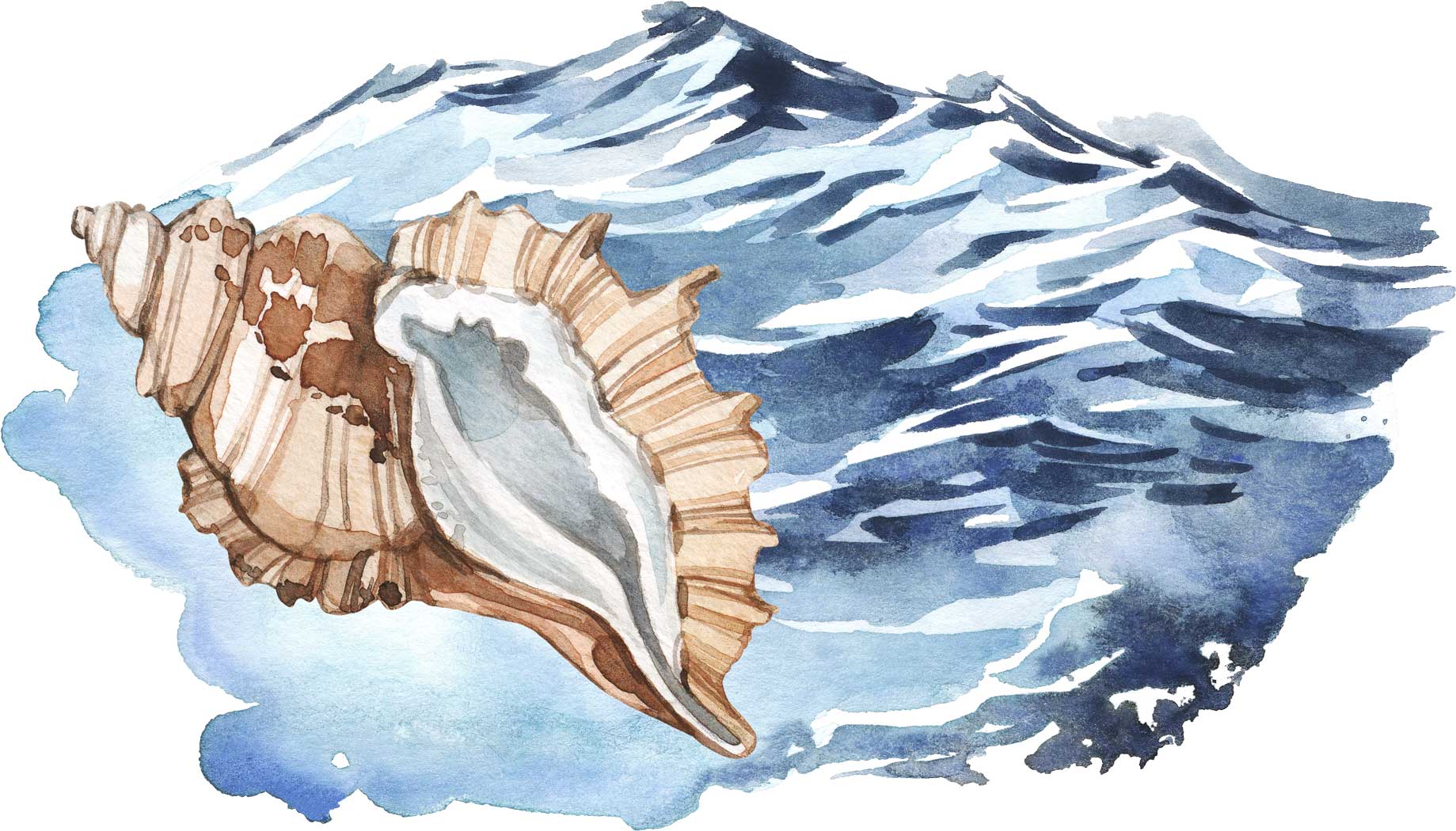
Fortunately, Cape Cod, Martha’s Vineyard, and Nantucket have some of the most diverse ecosystems to explore from the ever-changing coast to kettle hole ponds and open fields. The key, according to Newton, is to start small. Carve out a location that is easily accessible—a nearby beach, trail, or maybe your backyard. “I tell students to develop an ecological eye, which means don’t just see things but start to observe,” he says. “Go out at different times of day, in different weather, and at different tides, you’ll see that the environment changes on a daily basis.”
Newton is one of the founders of the Barnstable Land Trust, and he’s written several books about the local marine environment, including his most recent, Activities for the Cape Cod Beachcomber, which was published in June. With the help of Newton and the Barnstable Land Trust, we’ve pulled together three activities to spark outdoor adventures for the coming season.
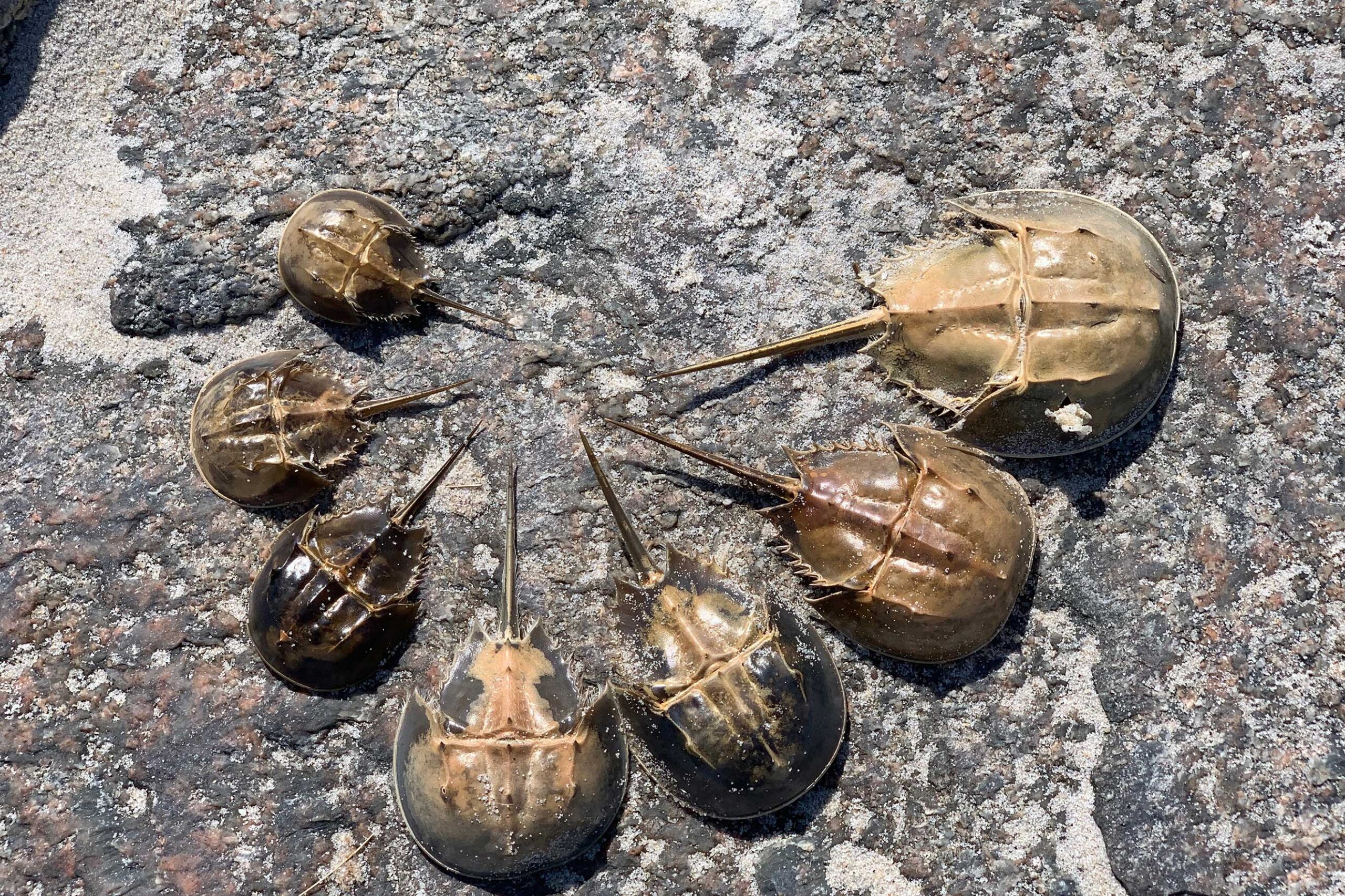
Horseshoe crab shells can be found on area beaches. These creatures are often considered “living fossils” because they were known to exist 400 million years ago (before the dinosaurs!). “The animal grows by molting from the head first,” writes Newton. This shell is what you can locate on beaches and in marshes.
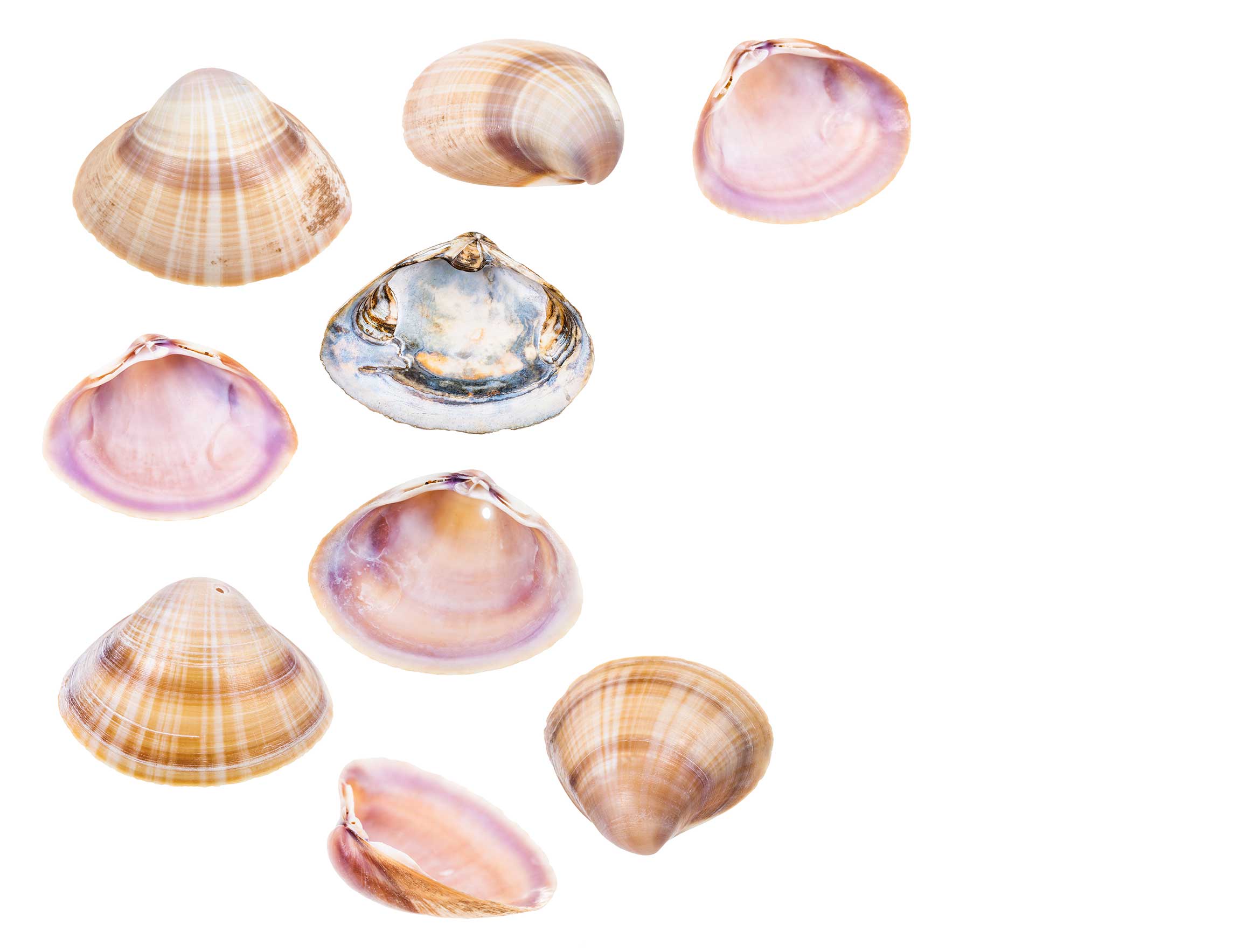
Develop a Shell Collection.
From channeled whelks to quahogs and mussels, there’s a diversity of shells on the Cape and islands. Bring a bucket and be mindful when picking up a range of shapes and sizes. Start by collecting five abandoned shells of varying lengths and widths.
At home, study your collection. Arrange the shells from smallest to largest and measure each one with a ruler to determine whether the shells are littlenecks (less than 1.5 inches), cherrystones (between 1.5 and 2.5 inches), or chowder (three inches or more).

Start a Nature Journal.
Frequent one area—a trail, beach, or your backyard—and keep a record of what you find. Look for plant varieties, such as salt spray rose and seaside goldenrod. In colder months, observe which plants remain. Conduct a close examination of your area before a storm and then visit after the storm has passed. “It’s fun to keep a record and it helps students to hone their observation skills,” he says. “They have to spend time, and they have to look carefully.”
Newton has kept a detailed record of many beaches in Sandwich. “I’ve noticed two major changes: the shape of the beach and the temperature of the water,” he says.
Newton also suggests “adopting a beach.” If there’s a particular area that is special to you, consider yourself a guardian of that area. Learn about the plants that grow and the wildlife that call it home. “You can help educate others with your knowledge and commitment,” writes Newton. “And you can provide a continuous ecological patrol of the area.”
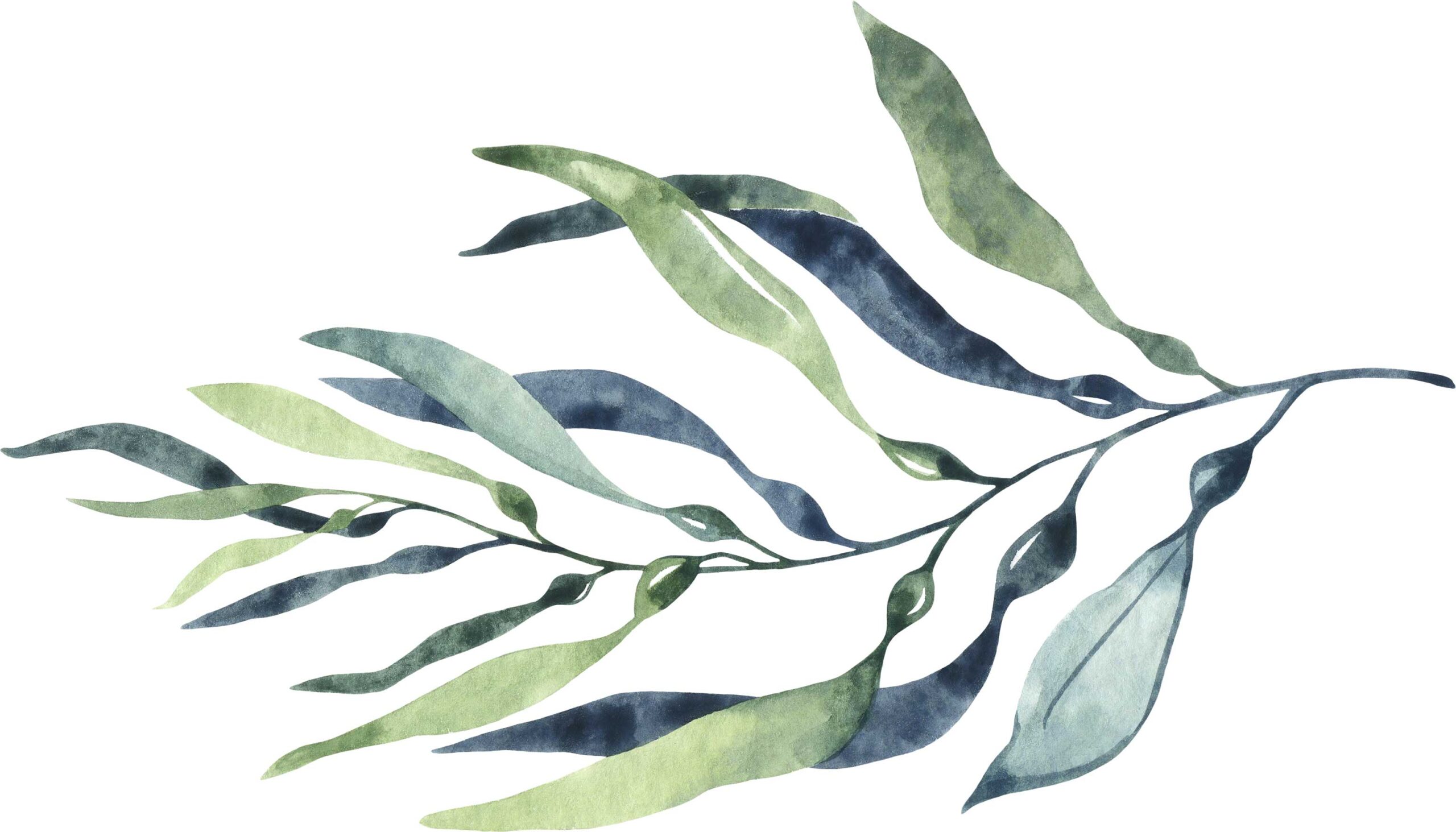
Examine Seaweeds.
While oftentimes a beachgoer’s nuisance, seaweeds are very important to the coastal environment. “They feed and protect many different animal species,” says Newton. With a small bucket or tray, magnifying glass, and tweezers, head to the coast and look for a variety of seaweeds. Newton suggests finding different colors: red, green, and brown. Once you’ve collected an assortment, examine the differences. Use the magnifying glass to look for any attached animals such as bryozoans or hydroids, which are microscopic aquatic invertebrates. Several brown algae species such as rockweeds and kelp contain air or gas bladders to help them float. Before heading home, return any living seaweed back to its environment.
Information from this article was provided by Activities for the Cape Cod Beachcomber written by Gilbert Newton and photographed by Chris Dumas. The book is available at local bookstores and the Barnstable Land Trust offices at 1540 Main Street in West Barnstable. By purchasing a book at BLT, a portion of the proceeds will benefit the nonprofit.
When you’re ready to venture out, here are some nearby conservation areas recommended by the staff at the Barnstable Land Trust:
Eagle Pond, Putnam Avenue, Cotuit
Crocker Neck Conservation Area, Santuit Road/ Cotuit Cove Road, Cotuit
Bell Farm, Little River Road/Old Post Road, Cotuit
Long Pond Conservation Area, Newtown Road, Marstons Mills
Bansfield Meadow, East Bay Road, Osterville
Barnstable Conservation Center Trail, 1540 Main Street, West Barnstable
Cape Cod Pathways Trails:
- Old Jail Lane Conservation Area, Old Jail Lane, Barnstable
Parking Lots #3 and #4, Cape Cod Community College, West Barnstable
Coombs Bog, Ames Way, Centerville
Lowell Holly Reservation, 7 Warwick Way, Mashpee
Beebe Woods, 56 Highfield Dr, Falmouth
The Barnstable Land Trust is a community-supported nonprofit that stewards over 1,100 acres in the town of Barnstable. For more information, visit blt.org.

